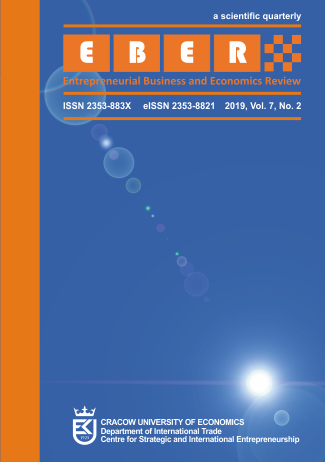Progress of the V4 Countries towards the EU’s Energy and Climate Targets in the Context of Energy Security Improvement
Progress of the V4 Countries towards the EU’s Energy and Climate Targets in the Context of Energy Security Improvement
Author(s): Agnieszka Pach-Gurgul, Marta UlbrychSubject(s): Economy, Geography, Regional studies, Energy and Environmental Studies, Security and defense, EU-Approach / EU-Accession / EU-Development, EU-Legislation
Published by: Uniwersytet Ekonomiczny w Krakowie
Keywords: The EU’s Energy Package; energy security; Visegrad group countries;
Summary/Abstract: Objective: The aim of this article is to conduct an empirical verification of progress in implementing the provisions of the EU Energy Package and to assess this process in the context of opportunities to boost the energy security of the V4 countries by more efficient energy consumption, using renewable energy and reducing emission of greenhouse gases. Research Design & Methods: The diagnosis is based on the determination of a taxonomic measure using Hellwig’s multidimensional comparative analysis method. Then, a linear grouping of objects is used on the basis of changes in the value of indicators in order to prepare a ranking of the EU member states. Findings: Considering all EU member countries, the V4 economies record an average rating in the implementation of the energy and climate framework. Slovakia and Hungary are ranked the highest, Poland and the Czech Republic – the lowest. Implications & Recommendations: The research and discussion might be interesting for policymakers and may have an application value for institutions dealing with energy security and climate policy in the V4 countries. Contribution & Value Added: The study measures progress in the implementation of the energy and climate package in the context of its importance for the energy security of the V4 economies. The work also presents the results of our own research based on taxonomic methods. Using a synthetic variable, a ranking of the EU members and their classification is elaborated according to the level of the indicators studied.
Journal: Entrepreneurial Business and Economics Review
- Issue Year: 7/2019
- Issue No: 2
- Page Range: 175-197
- Page Count: 23
- Language: English

